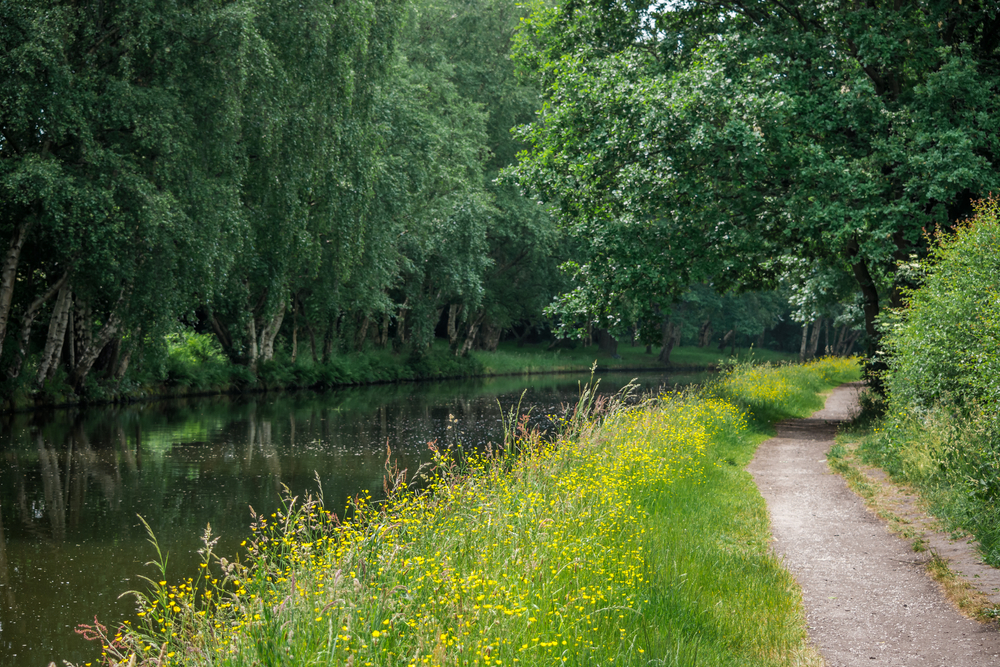The best time to garden varies depending on factors such as climate, region, and the type of plants you wish to grow. However, there are general guidelines that can help you optimize your gardening efforts throughout the year:
- Spring: Spring is typically an excellent time to start gardening, as temperatures begin to warm up, and plants come out of dormancy. In temperate climates, early spring is ideal for planting cool-season vegetables such as lettuce, spinach, peas, and carrots. It’s also a good time to sow seeds for annual flowers and herbs and to transplant perennial plants.
- Late Spring to Early Summer: As temperatures continue to rise, late spring and early summer are ideal for planting warm-season crops like tomatoes, peppers, cucumbers, and squash. Be sure to provide adequate water and mulch to help retain soil moisture and prevent weed growth. This is also a great time to plant summer-flowering bulbs and perennials for a colorful garden display.
- Summer: While summer can bring hot and dry conditions in many regions, it’s still possible to garden effectively with proper planning and care. Watering early in the morning or late in the evening can help minimise moisture loss due to evaporation, while providing shade or using row covers can protect sensitive plants from excessive heat. Consider growing heat-tolerant varieties and practicing mulching to conserve soil moisture and suppress weeds.
- Late Summer to Early Fall: Late summer and early fall are excellent times to start planning for the next growing season. Consider sowing seeds for cool-season crops like lettuce, spinach, kale, and radishes for a fall harvest. It’s also an ideal time to divide and transplant perennials, plant trees and shrubs, and prepare garden beds for winter cover crops or mulching.
- Autumn: Fall is an opportune time for planting trees, shrubs, and perennials, as cooler temperatures and increased rainfall provide optimal growing conditions. Take advantage of fall sales at nurseries and garden centers to stock up on plants and supplies for next year’s garden. Additionally, consider planting spring-flowering bulbs such as tulips, daffodils, and crocuses for a burst of color in the early spring.
- Winter: While winter may seem like an off-season for gardening, there are still tasks you can do to prepare for the upcoming growing season. Use this time to plan your garden layout, order seeds and supplies, and clean and sharpen garden tools. You can also start seeds indoors for early spring crops or experiment with indoor gardening projects such as growing herbs or microgreens.
Ultimately, the best time to garden is whenever you have the time, resources, and motivation to do so. By understanding the seasonal rhythms of your local climate and adapting your gardening practices accordingly, you can enjoy a bountiful and beautiful garden year-round.

